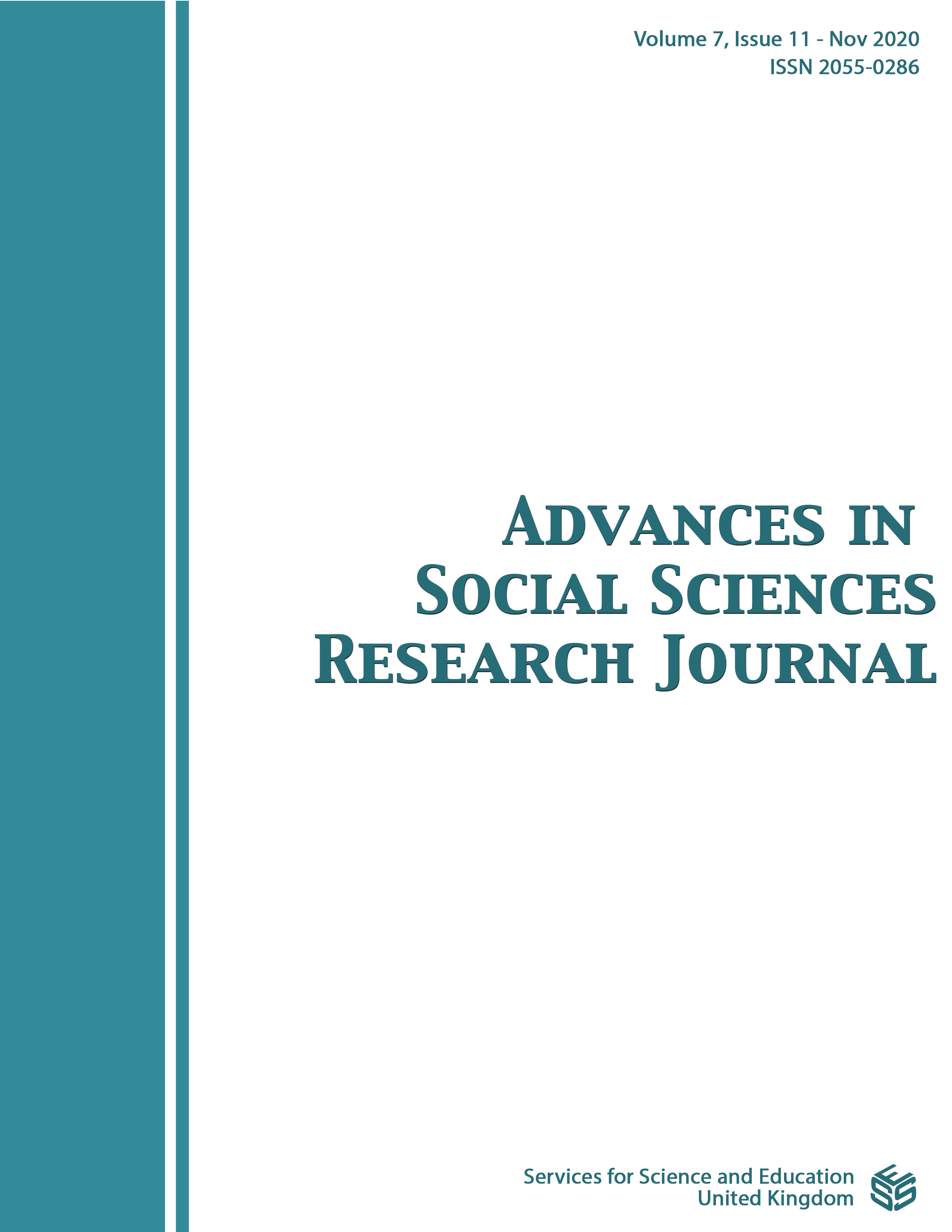The Biophysical Modeling of the Hemodynamic in the Human Organism
DOI:
https://doi.org/10.14738/assrj.711.9420Keywords:
biophysical modelling. hemodynamic, circulatory apparatus, calorimetric principles, arterio¬pathyAbstract
The circulatory apparatus has as a main function the constant maintaining of the internal environment in all the regions of the organism. The blood is a liquid tissue, being formed of a fundamental substance – plasma and blood cells. Heart is the central organ of the cardiovascular apparatus. The heart muscles have numerous biophysical properties. The cardiac muscle is never tired unless it suffered a pathological process. During the diastole, blood is aspired in the heart and during the systole it is pushed in the big and small circulation. The blood amount pushed from the heart in the vascular system in a certain time represents the blood flow. The biophysical methods are next: we administer a certain substance amount, then its passing speed will depend on its concentration; to apply the calorimetric principles for the measurement of the gastric blood flow; the diagnostic of a chronic peripheral arteriopathy we use the calorimetric method is based on measuring the heat being introduced in a certain amount of water which has known temperature; one of the most often used methods for the evaluation of the use of radioisotopes in the cardio-vascular system is the compartment method. Any attempt to apply biophysics to the life systems involves three stages. First we observe the phenomena and formulate a biophysical description in the form of equations; after to solve the equations. Finally we return to the real life system and interpret this solution in terms of reality, this interpretation may requiew experimental testing.
Downloads
Published
How to Cite
Issue
Section
License
Authors wishing to include figures, tables, or text passages that have already been published elsewhere are required to obtain permission from the copyright owner(s) for both the print and online format and to include evidence that such permission has been granted when submitting their papers. Any material received without such evidence will be assumed to originate from the authors.






